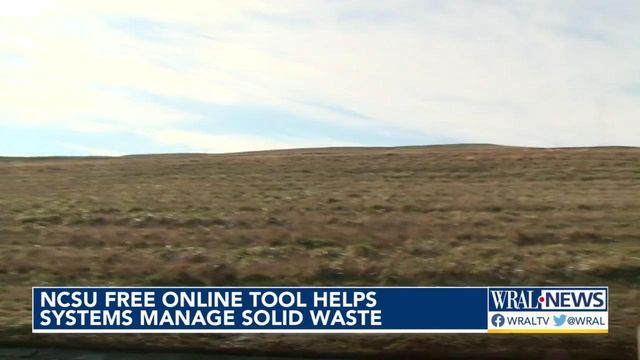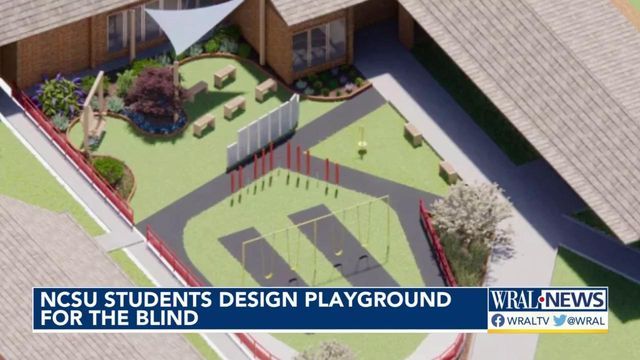NC State engineers create a new sharing tool to help solid waste systems better manage demand
A new, free online tool developed at NC State may help Triangle leaders better manage landfill waste and control costs.
Posted — UpdatedA new, free online tool developed at NC State may help Triangle leaders better manage landfill waste and control costs.
The booming growth in the area makes it more of a challenge. While experts are sharing ideas, consumers also play a major role.
James Levis, Ph.D is an NC State University civil and environmental engineer. He and others with the school developed a free, user friendly tool with models designed to better manage solid waste systems and environmental goals in the most cost effective way possible.
The Old North Wake Landfill closed in 2008 and is now safely capped, sealed but still active and under control. "That’s where they’re still collecting and managing the gas," said Levis.
The methane gas, much of it coming from food waste, can be retrieved and converted to electricity and even sold on the power grid, but Levis says there’s a bigger issue. "Trying to find different ways besides landfilling because siting a landfill is hard," he said.
As populations grow, managing all sorts of waste and reducing carbon emissions grows with it. That’s why Levis and a team of NC State engineers developed the new shared online tool called SwolfPy, short for "Solid Waste Optimization Life-Cycle Framework in Python."
Python is the computer language of the open source tool. It is designed to help decision-makers control costs and better manage solid waste.
Levis says the more the tool is used, the more useful it can become. "Other researchers and other people can add data to it so it actually becomes a better tool and grows as more work is done with it," he said.
As experts look for big solutions, Levis is careful not to leave out a key component, that is, consumers who may not practice composting food waste or separate recyclables.
He said, "It is the kind of thing where education and perhaps a flyer could do more than a $10-million dollar facility with a lot of engineering."
James Levis says a major goal is to minimize health risks as well as environmental risks associated with air or water pollution.
Related Topics
• Credits
Copyright 2024 by Capitol Broadcasting Company. All rights reserved. This material may not be published, broadcast, rewritten or redistributed.






